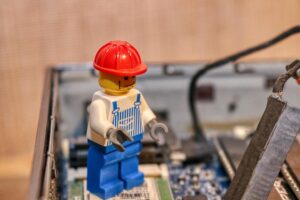Concrete floor slab cracks result from settlement, shrinkage, or structural issues and require tailored repair methods like carbon fiber reinforcement, epoxy injection, or replacement. Assessment involves identifying crack patterns and severity using measuring tools. Essential materials include cement, sand, water, masonry sealer, concrete patching compounds, and safety gear. DIY repair involves cleaning, filling with epoxy/crack compound, sanding, sealing, and painting for improved aesthetics and durability. Best practices include thorough damage assessment, high-quality materials, proper surface prep, regular inspection, and maintenance to prevent future cracks. Common mistakes to avoid include inadequate assessment, subpar materials/techniques, leading to repeated failures; consultation with professionals is recommended. Regular maintenance through inspections, moisture control, and sealing minimizes crack repair needs.
Concrete floor slab cracks can compromise structural integrity and aesthetics. Understanding crack causes, from settlement to environmental factors, is crucial for effective repair. This guide delves into various crack types, assessment methods, essential tools, and step-by-step repair procedures. Learn best practices to ensure long-lasting repairs, avoid common mistakes, and prevent future damage. By following these expert tips on crack repair, you’ll extend the life of your concrete floors.
Understanding Concrete Floor Slab Cracks: Causes and Types
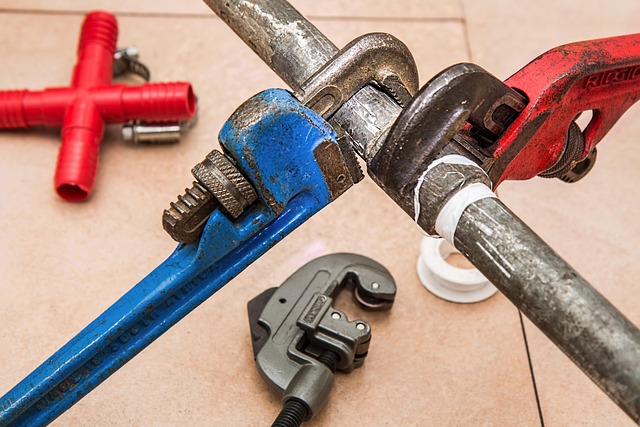
Concrete floor slab cracks can be a common concern for homeowners and commercial property managers alike, often leading to questions about their causes and the best approach for crack repair. Understanding these cracks is the first step in addressing them effectively. Cracks in concrete slabs can result from various factors, including settlement, shrinkage, and structural issues. Settlement occurs when the soil beneath the slab compacts or shifts, causing the slab to crack as it adjusts to the new weight distribution. This type of cracking often appears as diagonal cracks that radiate from a corner. Shrinkage cracks, on the other hand, are typically caused by the natural drying process of the concrete during its initial stages of setting and hardening. As water evaporates from the concrete mix, it shrinks slightly, leading to small, random cracks.
Another common cause is structural issues, such as improper construction or heavy loads exerted on the slab. These can result in more significant cracks, often appearing as large, straight lines or multiple parallel cracks. To address these different types of cracks effectively, proper crack repair techniques are required. This may involve methods like carbon fiber reinforcement, epoxy injection, or even full slab replacement, depending on the severity and type of crack.
Assessing the Damage: Identifying Crack Patterns and Severity
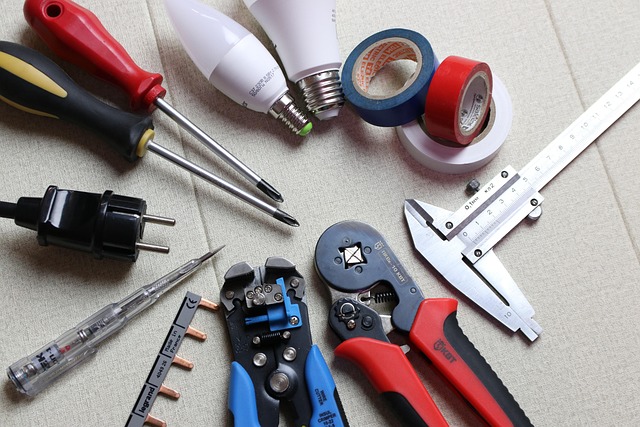
Assessing the damage is a crucial step in concrete floor slab repair. The first task is to identify crack patterns, which can vary greatly in appearance and severity. Some common types include hairline cracks, diagonal cracks, vertical or horizontal breaks, and large, uneven fissures. Each pattern may indicate different underlying issues, such as settlement, shrinkage, or structural damage.
Once the cracks are located, their severity should be evaluated. This involves considering both the crack’s width and depth, with narrower and deeper cracks often requiring more immediate attention due to potential structural compromise. Using tools like measuring tapes and levelers, professionals can accurately assess the extent of the damage, facilitating effective planning for crack repair methods, including injection, sealing, or full replacement if necessary.
Materials and Tools Essential for Repair

When it comes to repairing a concrete floor slab, having the right materials and tools is crucial for achieving a strong and lasting fix. For crack repair, you’ll need a mix of cement, sand, and water, along with an appropriate amount of masonry sealer or epoxy, depending on the severity of the damage. Concrete patching compounds, trowels, and wire brushes are essential for preparing the cracked area. Don’t forget safety gear, including gloves and eye protection, to safeguard against potential hazards.
Additionally, consider investing in a concrete floor repair kit, which often includes all the necessary components and detailed instructions. These kits streamline the process, ensuring you have everything in one place. With the right resources, repairing cracks can be done efficiently, restoring your concrete slab to its original stability and strength.
Step-by-Step Guide to Crack Repair: A Practical Approach
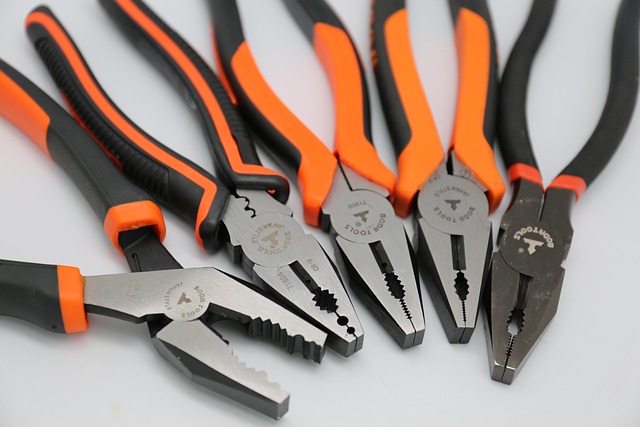
Repairing concrete floor slabs with cracks is a common home improvement project that can significantly enhance the aesthetics and durability of your space. Here’s a practical, step-by-step guide to tackle this task efficiently. Begin by assessing the extent of damage; clean the area thoroughly, removing any loose debris or dirt using a wire brush or high-pressure washer. Next, apply an epoxy injection or a crack-filling compound into the crack using a caulk gun, ensuring complete filling.
After the product has cured according to the manufacturer’s instructions, gently sand the repaired area with fine-grit sandpaper to achieve a smooth finish, matching the surrounding concrete. Prime the surface with a suitable concrete sealer or primer designed for indoor use and let it dry completely before applying a final coat of epoxy or latex paint to match your floor’s color. This meticulous approach ensures that cracks are not only filled but also sealed, preventing further damage and water infiltration.
Best Practices for Ensuring Long-Lasting Repairs
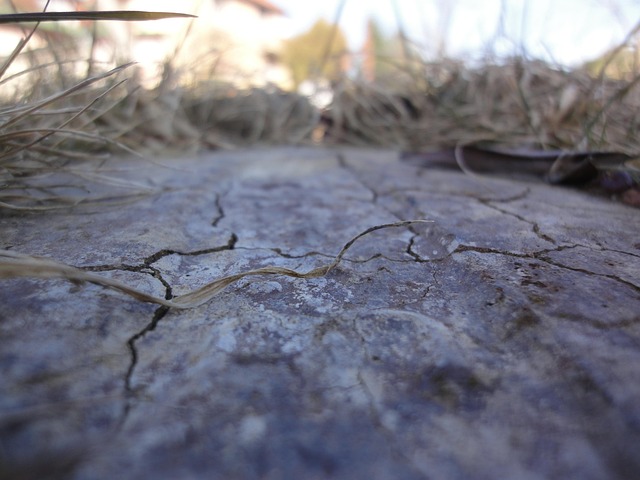
When undertaking concrete floor slab repair, adhering to best practices is paramount to ensure long-lasting results. The first step in this process involves thoroughly assessing the extent of damage, focusing on identifying cracks, their depth, and potential causes. This detailed evaluation guides the selection of appropriate repair methods. For instance, smaller cracks might be repaired using epoxy injections, while larger, structural defects may necessitate more extensive techniques such as replacing damaged sections or installing steel reinforcement.
Using high-quality materials is another key best practice. Opting for top-tier epoxies, polymers, and other repair compounds ensures that the fix holds firm over time, resisting environmental factors like moisture intrusion and chemical spills that could compromise the repair. Additionally, proper preparation of the slab surface before application is crucial, involving cleaning, degreasing, and ensuring adequate drainage to prevent future issues from arising. Regular inspection and maintenance are also vital to catch potential problems early, preventing small cracks from expanding into larger structural failures.
Common Mistakes to Avoid During Concrete Slab Repair

Concrete floor slab repair is a specialized process that requires careful consideration and attention to detail. One of the key aspects to ensure successful repairs is avoiding common mistakes. A frequent blunder is attempting to fix cracks without properly assessing their severity. Cracks in concrete slabs can vary significantly, from minor hairline fractures to widespread structural damage. Ignoring this initial evaluation may lead to inappropriate repair methods, causing further complications.
Another mistake to steer clear of is using subpar materials or employing the wrong techniques. Using low-quality products for crack repairs can result in quick failures, requiring repeated fixations. Similarly, improper application techniques, such as inadequate sealing or incorrect filling, might leave the slab vulnerable to ongoing damage. It’s crucial to consult with professionals who can provide expert advice tailored to each unique slab, ensuring long-lasting repair outcomes and preventing future issues related to crack repair.
Maintenance Tips: Preventing Future Cracks and Damage
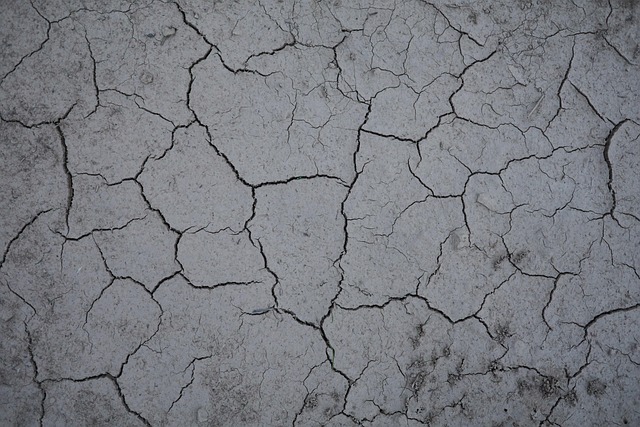
Regular maintenance is key to preventing future crack repair needs in concrete floor slabs. One of the best ways to avoid damage is to keep an eye on any signs of stress or movement, addressing them promptly before they escalate. This includes regularly inspecting the slab for cracks, especially near joints and corners, as these are common points of weakness. Moisture control is another critical aspect; concrete absorbs water, which can lead to weakening over time, so ensuring proper drainage and avoiding prolonged exposure to liquids is essential.
In addition, sealing the surface with a high-quality product can create a protective barrier against moisture and chemical spills. This not only prolongs the slab’s lifespan but also reduces the risk of further damage and costly crack repairs. Regular cleaning and maintenance will contribute to keeping your concrete floor in excellent condition for years to come.
